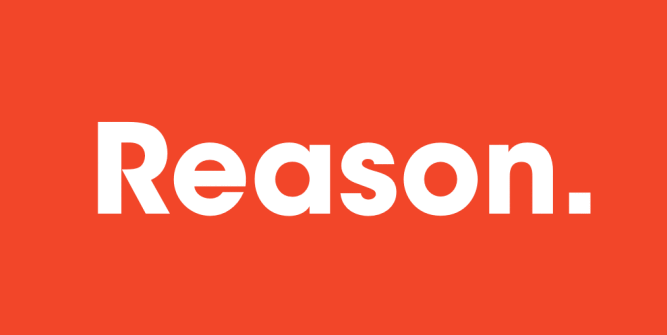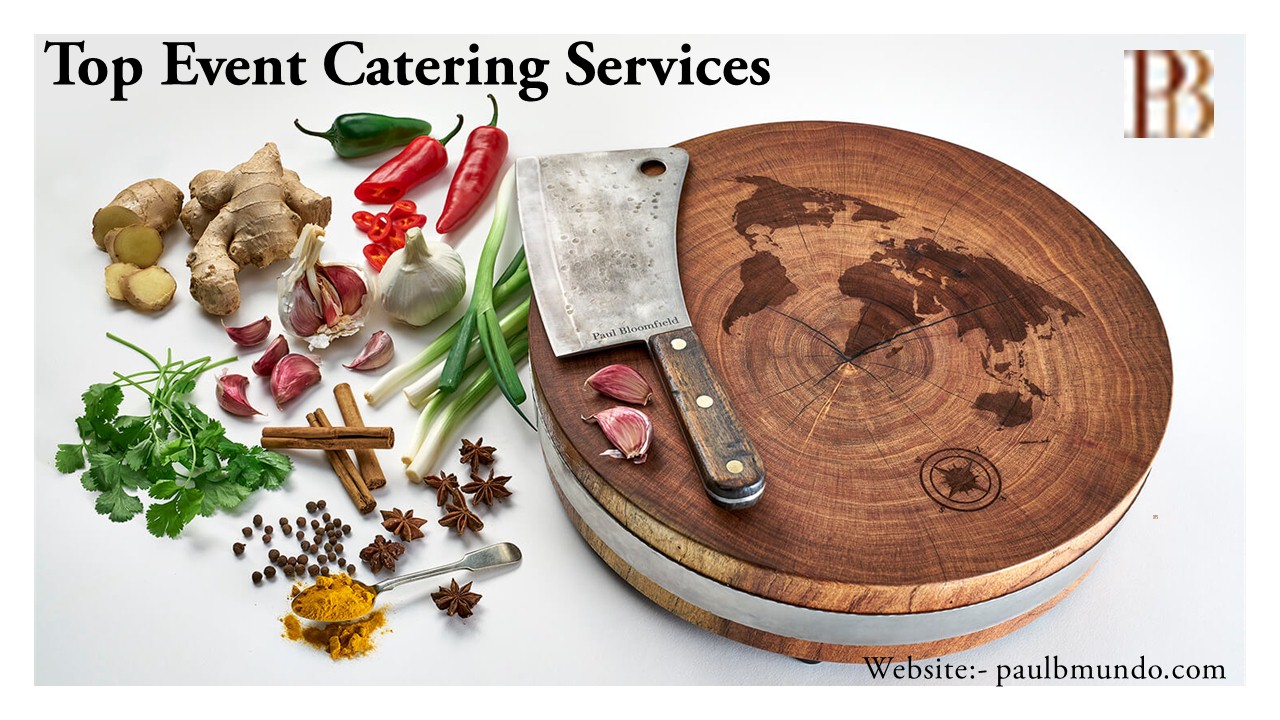Virtual reality (VR) is the experience where users feel immersed in a simulated world as if they are in the real world via hardware such as headset and software. Professional designers skilled in VR technologies are engaged in creating VR experiences such as virtual home tour, virtual museums and more. It transports users to 3D environments where they freely move and interact to perform predetermined tasks and attain goals such as creating, designing, learning etc.
VR and AR design studios are engaged in offering Lumion Design Services Netherlands varying from virtual reality data visualization, architectural renderings, 3D illustrations, models, animations, to interior design virtual reality and more. As the digital and technological landscape is constantly changing, professional designers are coming up with innovative ideas to keep track of what is trending and are exploring the creative opportunities in the industry. There are numerous virtual reality applications that have potential to shape a range of industries varying from manufacturing to journalism and more.
Virtual reality is being adopted in education for teaching, so that students can interact with each other and within a three-dimensional environment. There is a rapid development of virtual immersive environments for use as educational simulations in schools, colleges and universities. Professional designers are also finding ways to use augmented reality and virtual reality design services for projects like labs and clinical spaces to share adjacencies and verify that designs will work with desired workflows
Virtual reality can be beneficial for retailers to design their signage and product displays without fully committing their money to real samples. Some popular brands have already started using virtual reality design services in manufacturing industry.
AR and VR also has vast possibilities in the travel industry It tends to alter travellers’ perceptions of their physical surroundings and provides supplemental tourism experiences to the people showing interest to travel ti a particular destination. It adds an element of fun and eliminates the need for a tour guide. There is a huge range of potential use cases for AR in the travel industry such as city tour guide, hotel guide, improving local transit, and AR for museums
Advanced applications of augmented reality (AR) and virtual reality (VR) in real estate are being popularly used for providing efficient and user-friendly platforms for realtors as well as property buyers.
In the recent years, extended reality is being used by businesses and organizations in varied industrial sectors to provide compelling and expansive immersive experiences. Extended reality combines augmented reality, virtual reality and mixed reality. AR is used where digital content like sound and graphics are added to the real world for enhancing the user’s experience, VR blocks the person from real world tricks him/her to believe the virtual environment as reality. MR is basically mixing or bridging the gap between augmented reality and virtual reality. The entertainment and video game industry are the foremost users of extended reality. It tends to completely revamp the way businesses interact with the media and has the potential to allow seamless interaction between the real and virtual worlds, so that the targeted users can have a completely immersive experience.

